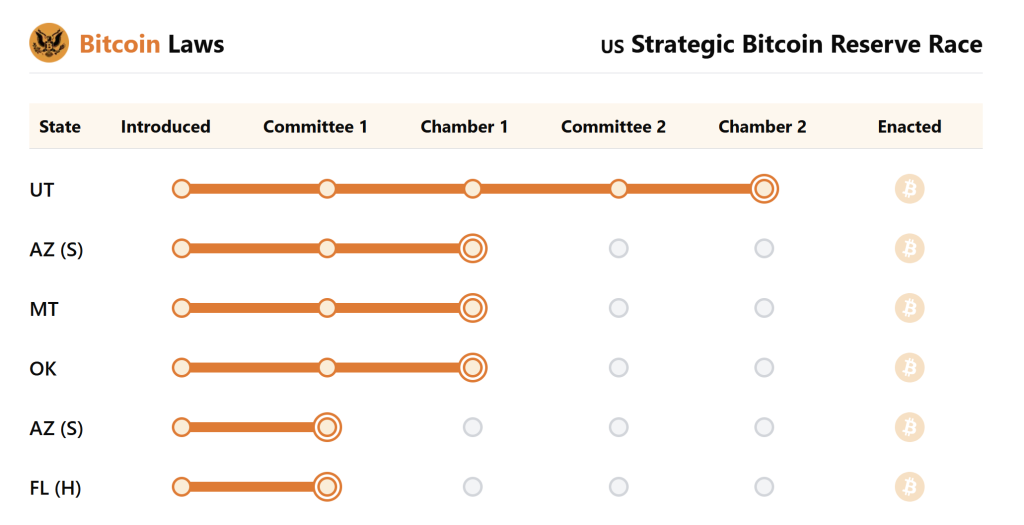Bybit got hit with one of the most preventable hacks in recent crypto history. This wasn’t some cutting-edge exploit—it was just bad internal security practices. Here’s what went wrong and how they could have stopped it.
What Bybit Did Wrong
Signers blindly approved a malicious transaction: The attackers didn’t steal private keys; they tricked Bybit’s multisig signers into approving a contract change. This is a textbook Ice Phishing attack, where the UI makes a transaction appear legitimate, but the actual execution does something else.
No second-layer verification for transactions: They only used one UI (Safe/Gnosis) to verify transactions, which the attackers manipulated. A proper security setup would require signers to independently verify raw transactions on Etherscan or another trusted explorer before signing.
No transaction simulation before signing: If Bybit had used pre-signing simulations (Tenderly, OpenZeppelin Defender, or ChainSecurity), they could have seen exactly what the contract was going to do before approving the transaction. This alone could have prevented the attack.
No withdrawal delays for large transactions: Bybit allowed a $1.4 billion transfer to happen instantly with no internal review. A 24-hour time lock on large transactions would have given them a chance to freeze the funds and stop the attack.
No smart contract "Guardian" system: Most high-security institutions use Guardian Contracts to prevent unauthorized contract changes. Bybit let their cold wallet contract get modified without requiring secondary approval, which is a serious security oversight.
No anomaly detection or security alerts: Billions of dollars moved in one go, and Bybit’s system didn’t even flag it as suspicious. Any proper security system should have on-chain monitoring for unusual transaction patterns, especially for cold wallets.
Why Bybit Likely Didn’t Bother
Bybit wasn’t ignorant—they cut corners for convenience and probably assumed that no one would exploit their weak security policies.
Security is expensive, and they wanted faster transactions: Implementing time locks, extra signers, and pre-signing checks slows down fund transfers. They likely thought "this will never happen to us" and prioritized speed over security.
They underestimated UI-based phishing attacks: The hackers didn’t break into Bybit’s systems—they manipulated how transactions were displayed to signers. Bybit trusted their UI too much instead of enforcing raw transaction validation at the hardware wallet level.
Other exchanges would not have fallen for this: Platforms like Fireblocks, Anchorage, and Coinbase Custody implement much stronger safeguards. They use MPC wallets (instead of standard multisig), automated transaction simulations, and withdrawal velocity controls.
If Bybit had followed the best practices of these firms, this hack wouldn’t have been possible.
Conclusion: Bybit’s Security Model Was Flawed
- They could have stopped this with better multisig policies, transaction validation, and contract security.
- They didn’t because extra security slows down withdrawals, and they assumed UI-based deception wasn’t a real threat.
This wasn’t an advanced exploit—Bybit essentially handed the hacker the ability to steal their funds through weak security processes.
[link] [comments]

You can get bonuses upto $100 FREE BONUS when you:
💰 Install these recommended apps:
💲 SocialGood - 100% Crypto Back on Everyday Shopping
💲 xPortal - The DeFi For The Next Billion
💲 CryptoTab Browser - Lightweight, fast, and ready to mine!
💰 Register on these recommended exchanges:
🟡 Binance🟡 Bitfinex🟡 Bitmart🟡 Bittrex🟡 Bitget
🟡 CoinEx🟡 Crypto.com🟡 Gate.io🟡 Huobi🟡 Kucoin.



















Comments